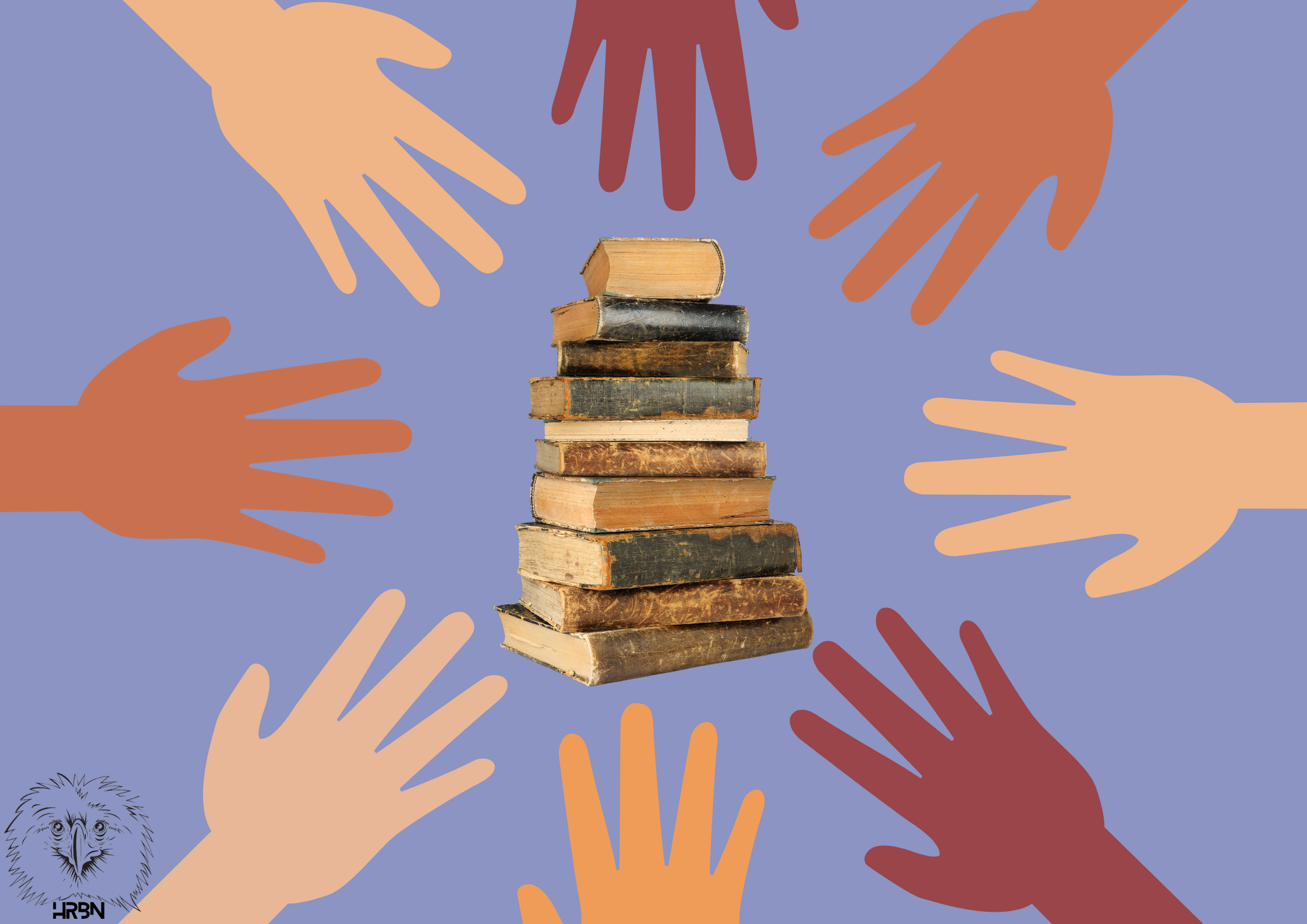Why Your Voice Matters: The Importance of Diverse Stories in Literature
Diversity in literature encompasses a broad spectrum of stories that reflect the myriad of cultures, ethnicities, genders, sexual orientations, and socio-economic backgrounds that make up the fabric of human experience. The importance of such diversity in storytelling and publishing cannot be overstated. It serves not only to enrich the literary landscape but also to ensure that all voices and stories are heard and valued, providing a more complete and accurate reflection of the world in which we live.
The Role of Diversity in Expanding Perspectives
Diverse stories act as windows into the lives and experiences of others, introducing readers to worlds and perspectives that might be vastly different from their own. By encountering characters and narratives from a variety of backgrounds, readers gain insights into different cultures, challenges, triumphs, and viewpoints. This exposure is invaluable in fostering understanding and empathy, allowing individuals to connect with others across cultural divides and broadening their worldviews in profound ways.
Reflecting the Real World
Literature should serve as a mirror to the world, reflecting its diversity and complexity. When stories include a wide range of characters and experiences, they validate the realities of diverse groups, affirming their existence and value in society. Such inclusivity in literature not only helps individuals from those groups feel seen and represented but also enriches the reading experience for all by presenting a more truthful depiction of the world. These stories foster a sense of belonging and community, helping to bridge gaps and build connections among readers from all walks of life.
Challenging Stereotypes and Changing Narratives
Diverse narratives play a crucial role in challenging and reshaping the stereotypes and misconceptions that can pervade our society. By presenting characters and stories that break away from traditional or stereotypical portrayals, literature becomes a powerful tool for cultural education and change. For example, Chimamanda Ngozi Adichie's Americanah challenges perceptions of African identity and diaspora, while The Absolutely True Diary of a Part-Time Indian by Sherman Alexie provides insight into the life of a Native American teenager, confronting stereotypes about Native American communities. These stories and others like them encourage readers to question and rethink their assumptions about race, culture, and identity.
The Impact on Young Readers
The representation of diverse characters and stories is particularly impactful in children’s and young adult literature. When young readers see themselves reflected in the stories they read, it can have a profound effect on their self-esteem and their aspirations for the future. This representation helps to affirm their identities and reassure them that their stories are important. For instance, books like Wonder by R.J. Palacio, which features a protagonist with a facial difference, and Stella by Starlight by Sharon M. Draper, set in the segregated American South, not only educate young readers about empathy and courage but also empower them by reflecting diverse experiences and challenges that resonate with their own lives.
Diversity as a Driver for Innovation in Storytelling
Diversity is not just about representation; it's also a catalyst for innovation within storytelling. Authors from diverse backgrounds bring new voices, ideas, and perspectives to literature, often experimenting with narrative forms, structures, and themes that challenge traditional norms. For example, Homegoing by Yaa Gyasi explores the legacy of slavery across generations and continents with a unique narrative structure that captivates and educates. Similarly, The House on Mango Street by Sandra Cisneros introduces a series of vignette-style chapters that poignantly capture the trials and triumphs of growing up in a Hispanic neighborhood in Chicago. These innovative approaches not only enrich the literary canon but also broaden the scope of what literature can achieve.
The Business Case for Diversity in Publishing
The push for diversity in publishing is not only a moral imperative but also a business strategy. Studies have shown that there is a significant economic benefit to publishing diverse stories, which tap into new and underserved audiences. In 2019, for instance, acquisitions from Black, Asian, and Minority Ethnic authors increased from 16 percent to 23.8 percent. The success of books like Children of Blood and Bone by Tomi Adeyemi and The Hate U Give by Angie Thomas highlights a robust market for stories that diverge from traditional narratives and address real-world issues that resonate with a broader audience. This growing market demand reflects a shift in reader preferences and underscores the importance of diversity in meeting the evolving needs of the global reading community.
Conclusion
Throughout this discussion, it’s clear that the role of diverse stories in literature is indispensable. They not only enrich the literary landscape but also mirror the real-world diversity of readers. These narratives challenge entrenched stereotypes, empower young minds, and push the boundaries of traditional storytelling. Moreover, they offer substantial economic benefits by tapping into new audiences and responding to the growing demand for meaningful, diverse content.
Let’s continue to champion the importance of diversity in our reading choices and support systems. You can contribute by reading, promoting, and purchasing books from diverse authors. By doing so, you help sustain a vibrant, inclusive literary culture that values and uplifts all voices. Remember, every book you choose to read or recommend has the power to shape the industry and expand the horizons of readers everywhere.


